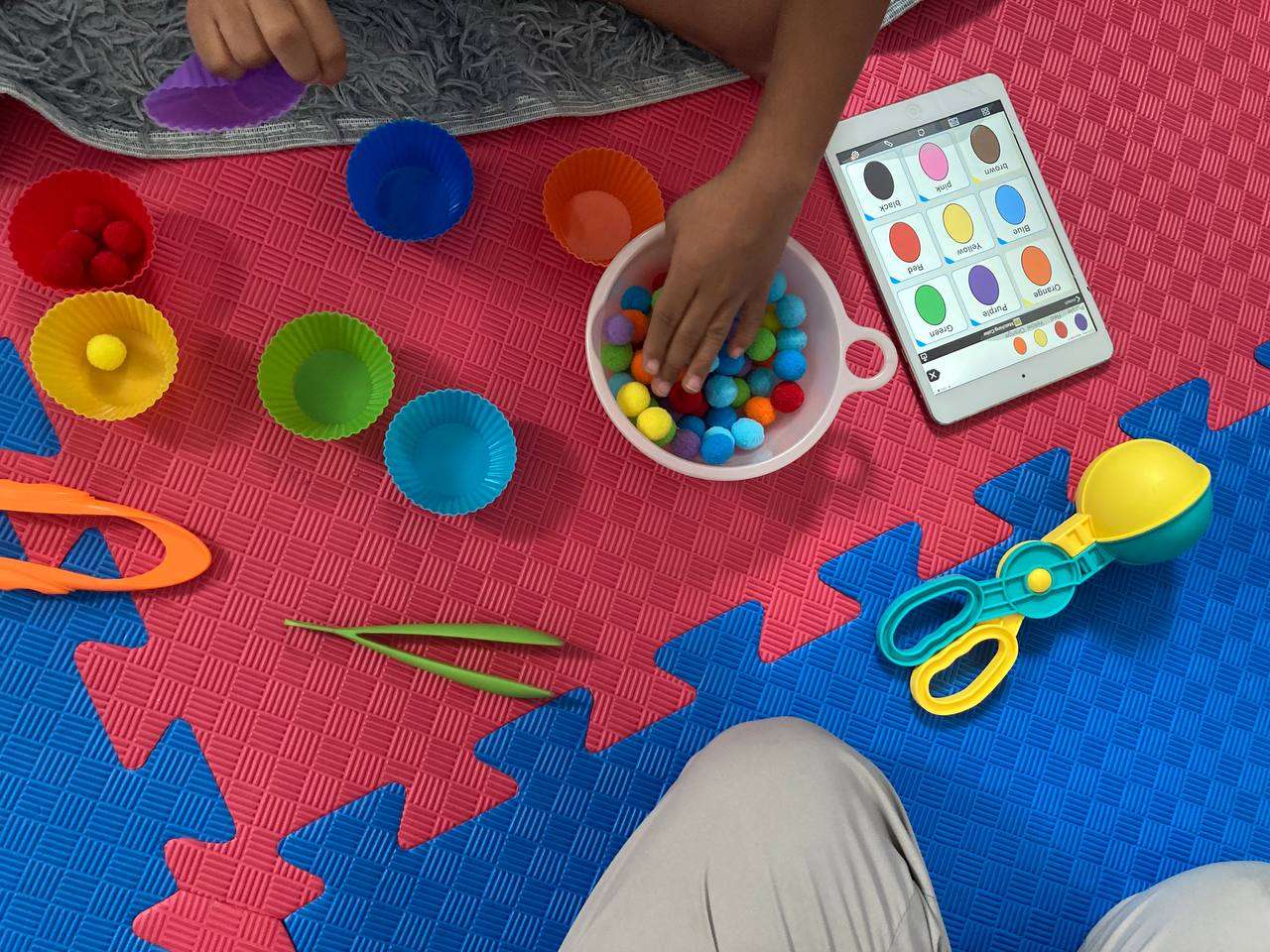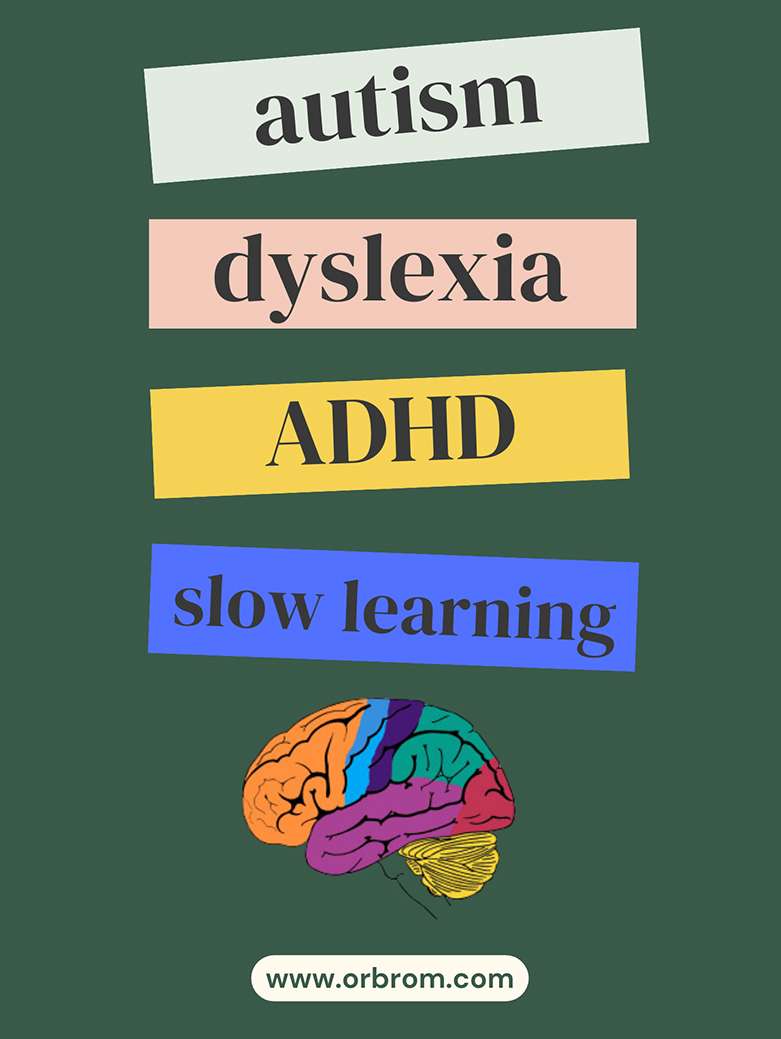For curious toddlers and preschoolers, the world is a treasure trove of textures, shapes, and colors begging to be explored. Among these captivating objects, pom-poms, with their fluffy softness and vibrant hues, hold a special allure. But beyond their playful appeal, pom-poms offer a valuable opportunity to develop fine motor skills, the intricate movements involving the hands and fingers. So, let’s delve into the world of pom-pom sorting and uncover how this seemingly simple activity fosters essential skills for future learning and development.
Fine Motor Magic: Building Strength and Dexterity
Fine motor skills are crucial for everyday tasks like writing, dressing, and manipulating tools. Pom-pom sorting, in its various forms, engages multiple aspects of these skills:
- Grasping and Pinching: Picking up individual pom-poms, especially smaller ones, requires precise coordination between the thumb and fingers. This repetitive action strengthens muscles and improves dexterity, paving the way for smoother writing and utensil use.
- Hand-Eye Coordination: Selecting the desired pom-pom and placing it in the correct container demands visual focus and coordination between the eyes and hands. This refined skill translates to better ball-catching, drawing, and navigating the environment.
- Sorting and Categorization: Grouping pom-poms by color, size, or texture introduces children to the concept of categorization, a fundamental cognitive skill. It lays the groundwork for future math and science learning, where identifying similarities and differences becomes essential.
Beyond the Basics: Expanding the Playful Learning Landscape
The beauty of pom-pom sorting lies in its versatility. Here are some ways to add variety and challenge, keeping young minds and hands engaged:
- Sensory Exploration: Introduce different textures, like felt, wool, or plastic, to stimulate tactile senses. Children can sort based on texture or create patterns using contrasting textures.
- Counting and Matching: For older children, incorporate counting exercises. Sort pom-poms into groups of specific numbers or create patterns by matching colors and quantities.
- Craft Integration: Use sorted pom-poms for art projects, creating collages, mosaics, or decorating picture frames. This adds a creative dimension and extends the learning experience.
Remember: The key is to keep it fun and engaging. Choose pom-poms in appealing colors and sizes, provide a variety of sorting containers, and encourage exploration without pressure.
Pom-pom sorting, with its engaging nature and versatility, offers a valuable platform for nurturing young children’s fine motor skills. By incorporating this activity into playtime, we equip them with the necessary tools for future learning and success, all while fostering a love for exploration and discovery. So, grab some colorful pom-poms, unleash your child’s inner sorter, and embark on a journey of playful learning!
Services for Autism, ADHD, Dyslexia, Spelling Difficulty, social and slow learning, Down Syndrome, and Selective Mutism. OrbRom is the best option in Phnom Penh.
If you are concerned about your child’s development, Contact OrbRom Center for Assessments.
Phone/Telegram: 077.455.993
Telegram Link: https://t.me/OrbRom






